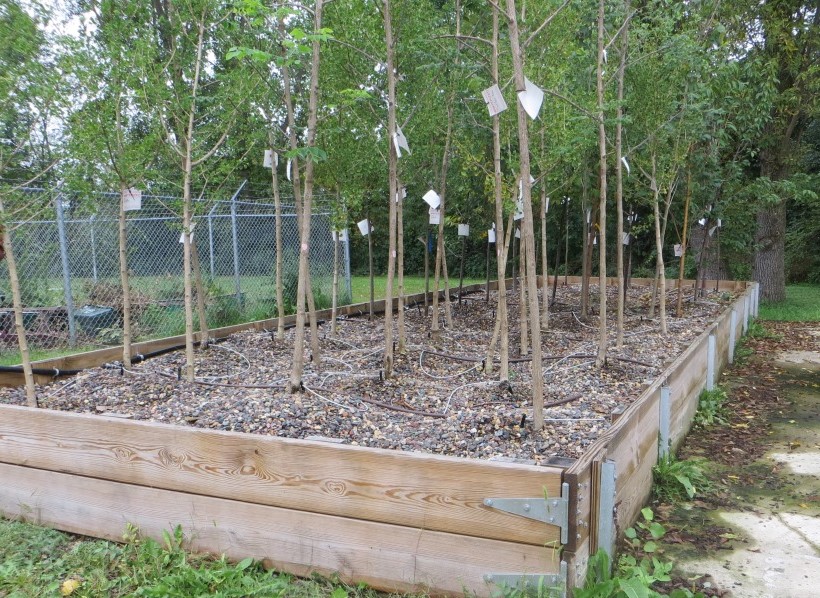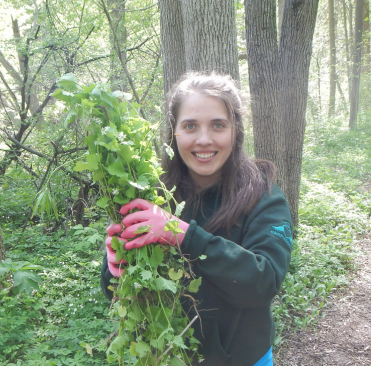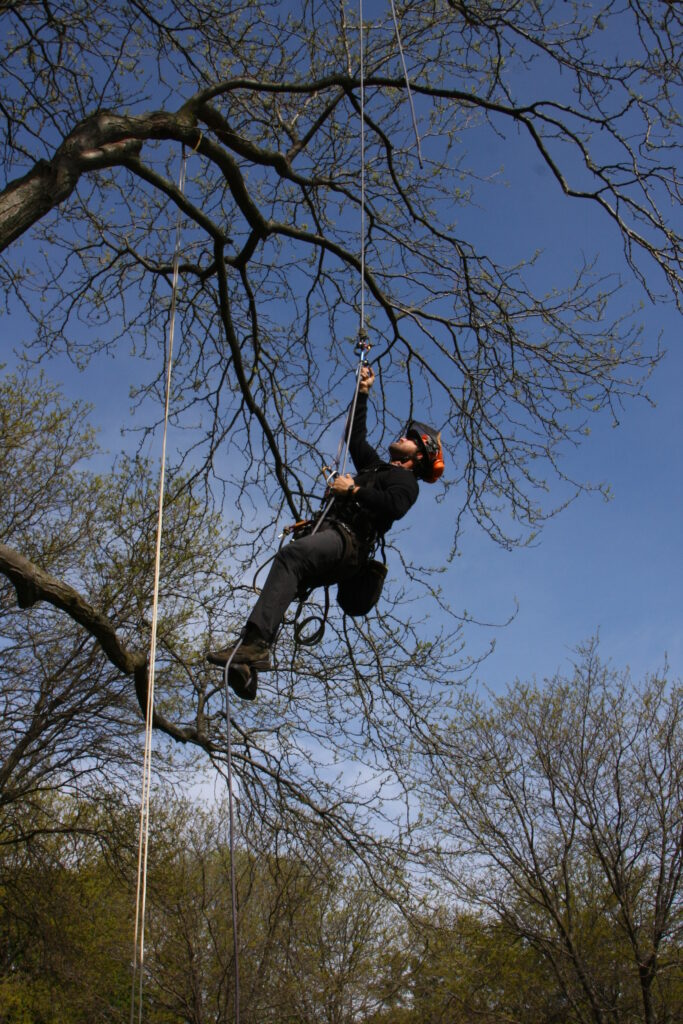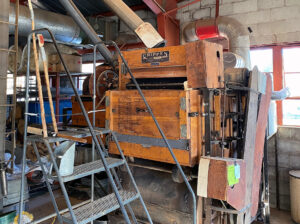 Join us for a two-part workshop on the value and uses of bare root trees and how to use gravel beds to hold and maintain bare root stock before it is planted. Part one will be delivered via Zoom on Friday, Sept. 20. Part two will be an in-person field day visit to an operating gravel bed. You will select one of the six locations around the state during registration. ISA CEUs will be available for both parts.
Join us for a two-part workshop on the value and uses of bare root trees and how to use gravel beds to hold and maintain bare root stock before it is planted. Part one will be delivered via Zoom on Friday, Sept. 20. Part two will be an in-person field day visit to an operating gravel bed. You will select one of the six locations around the state during registration. ISA CEUs will be available for both parts.
The cost of the workshop is $30, and the registration deadline is Sept. 12. Continue reading “UW Madison Extension Urban Forestry Workshop: Bare Root Trees And Gravel Beds”

 Southeastern Wisconsin Invasive Species Consortium is teaming up again with
Southeastern Wisconsin Invasive Species Consortium is teaming up again with  The Arbor Day Foundation is thrilled to announce the 2024 Partners in Community Forestry Conference and Alliance for Community Trees Day will be held in Chicago, Illinois Nov. 20-21.
The Arbor Day Foundation is thrilled to announce the 2024 Partners in Community Forestry Conference and Alliance for Community Trees Day will be held in Chicago, Illinois Nov. 20-21. Join the Wisconsin Arborist Association (WAA) for its summer conference. It will be held at the University of Wisconsin-River Falls University Center in River Falls, Wisconsin, on Friday, July 26, 2024. The program will have a little something for everyone, Planting for the Future and feature two educational tracks, one indoors and one outdoors.
Join the Wisconsin Arborist Association (WAA) for its summer conference. It will be held at the University of Wisconsin-River Falls University Center in River Falls, Wisconsin, on Friday, July 26, 2024. The program will have a little something for everyone, Planting for the Future and feature two educational tracks, one indoors and one outdoors. Many residents and land managers in southeastern Wisconsin search for effective and efficient practices to control exotic invasive plants in our natural areas. The Southeastern Wisconsin Invasive Species Consortium is teaming up again with
Many residents and land managers in southeastern Wisconsin search for effective and efficient practices to control exotic invasive plants in our natural areas. The Southeastern Wisconsin Invasive Species Consortium is teaming up again with 

 Council, has updated its recommended species lists for street and park trees. You can find those four documents below and under “Tree Species Selection” on the
Council, has updated its recommended species lists for street and park trees. You can find those four documents below and under “Tree Species Selection” on the